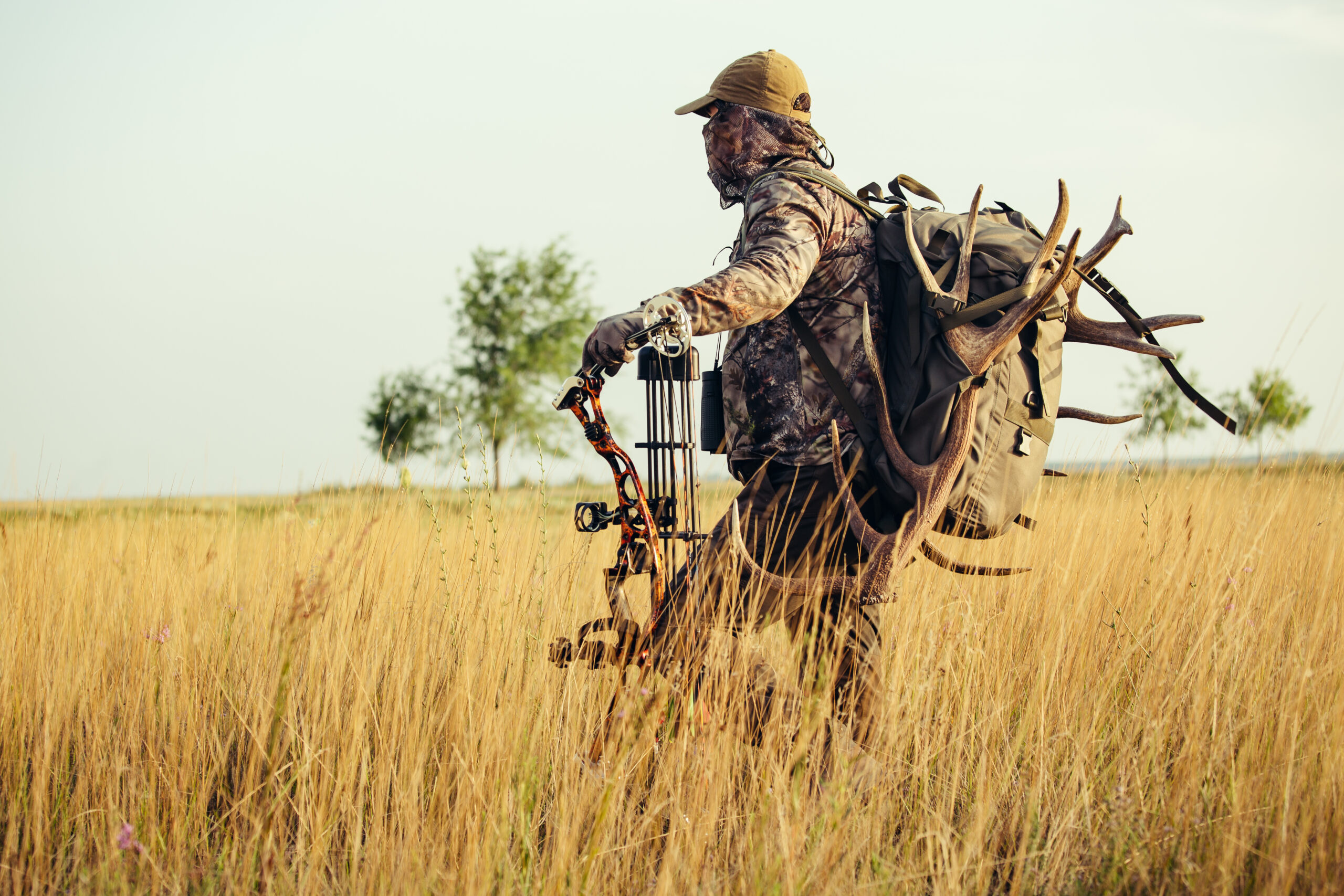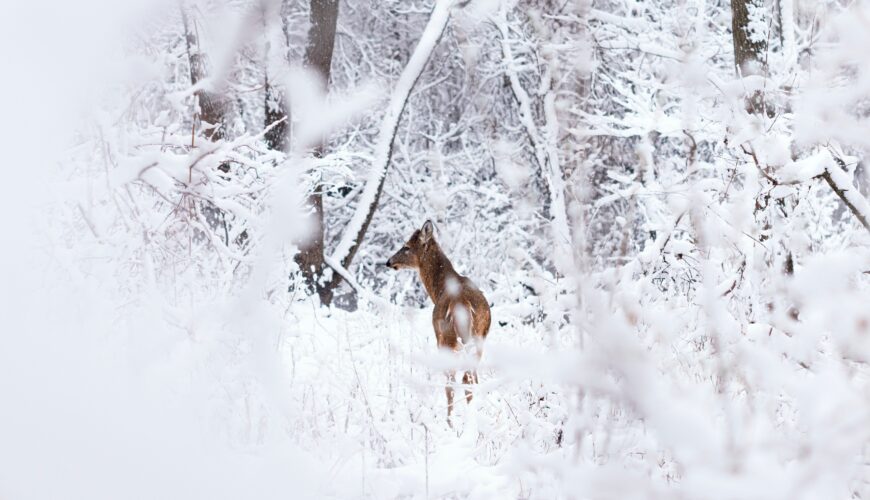Tactics
The 7 Best Whitetail Rut Days to Hunt 2025
October 29, 2025 •Doug Howlett
November 18, 2024
Late-season scouting can be a valuable tool to evaluate your deer season. The snow that covers much of the state offers some of the best scouting of the year. Make it to the woods before rain eliminates weeks worth of sign.
Most hunters avoid scouting during the season. They get in, hunt, and get out. Far too many hunters hunt the patterns they established during the late summer on scouting trips and with trail cameras. Early success and deer sighting started to wane, but the approach didn’t change. Late-season scouting, especially with snow on the ground, can provide valuable insight into how the pattern evolved as the year progressed.

With snow on the ground, it’s easy to see where deer are moving during the late-season. Are they even going near your stands now? Follow these late season trails, especially those that popped up that you weren’t even aware existed. They will likely lead to a seasonal food source, or bedding area that you can save to hunt just when the time is right next year.
As crops disappear deer are forced to turn to other sources or nutrition. As winter approaches, their diet typically turns to more woody browse. With the leaves off, and ground bare it’s easier to spot this browsing areas. Make note of them now, so when early winter hits, you can be waiting.
Bedding areas change with the weather too. Snow on the ground makes finding telltale beds a cinch. Finding beds where you didn’t expect them? Remember that area for late-season afternoon sits next year.
Don’t waste the snowfall, get out there and evaluate your property. You might be surprised what you learn by scouting when you are normally focused on ice fishing or waterfowl hunting. Late-season scouting is the easiest scouting you’ll do all year, especially when snow catalogs every foot step for you.
